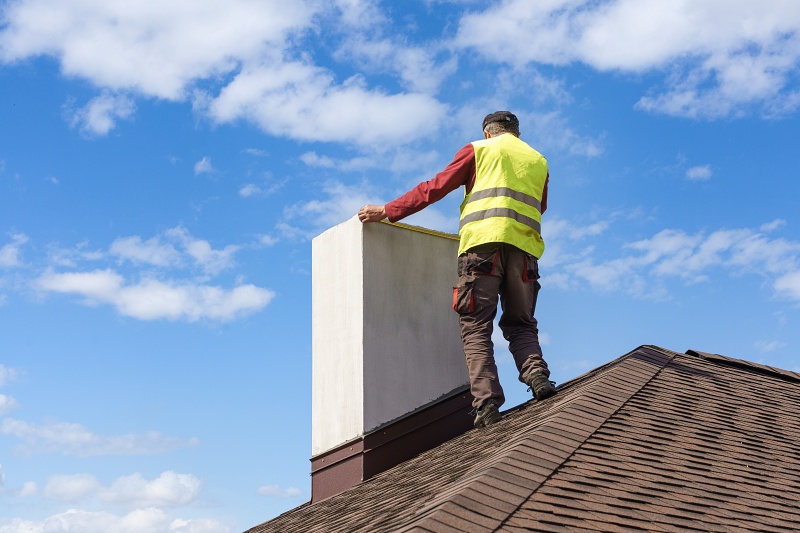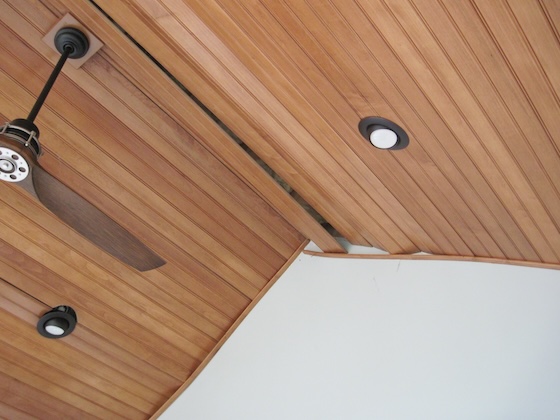
Understanding Chimney Liner Damage: Common Problems and Causes
A chimney liner is an essential component of any fireplace system, providing a protective barrier between the hot gases produced during combustion and the surrounding masonry. Over time, however, chimney liners can experience damage due to a variety of reasons. One common problem is corrosion, especially with older chimneys made of clay or metal liners. Exposure to the acidic byproducts of combustion can gradually cause erosion and weaken the liner, leading to potential cracks and gaps.
Another cause of chimney liner damage is excessive heat. If a fire burns too hot or for extended periods, it can cause the liner to expand and contract, eventually leading to cracks and deterioration. This can be more common in chimneys that are improperly sized for the fireplace, as they may not be able to handle the heat generated efficiently. Additionally, the accumulation of creosote, a black, tarry substance produced during wood burning, can lead to liner damage if not regularly cleaned. The presence of creosote can increase the risk of chimney fires and contribute to corrosion over time.
Signs That Your Chimney Liner Needs Repair: What to Look Out For
A damaged chimney liner is a serious issue that homeowners should not underestimate. As the first line of defense against dangerous fumes and heat produced by a fireplace or furnace, the chimney liner plays a crucial role in protecting your home and ensuring its safety. Recognizing the signs that your chimney liner needs repair is important in order to address the problem promptly and avoid further damage.
One common sign of chimney liner damage is the presence of cracked or crumbling mortar joints. When the mortar between the bricks or tiles of the liner begins to deteriorate, it can lead to gaps or holes, allowing smoke, carbon monoxide, and other harmful byproducts to escape into your home. Another indication of a damaged chimney liner is the presence of water stains or moisture on the interior walls of the chimney or surrounding areas. This could be a result of cracks or gaps in the liner that are allowing water to seep in. If left unaddressed, the moisture can cause further deterioration, leading to more extensive repairs in the future.

The Importance of Timely Chimney Liner Repairs: Preventing Further Damage
Chimney liner damage can occur over time due to exposure to heat, smoke, and corrosive gases. If left unaddressed, this damage can lead to further issues and pose risks to the safety of your home. Timely chimney liner repairs are crucial in preventing these problems from escalating and causing more extensive damage.
One of the main reasons why timely chimney liner repairs are important is to prevent the escape of harmful gases. A damaged liner can allow gases like carbon monoxide to seep into your living space, which can be extremely dangerous. Carbon monoxide is odorless and invisible, making it difficult to detect without the use of specialized tools. By promptly repairing your chimney liner, you can ensure that these toxic gases are effectively contained, protecting the health and well-being of your household.
Assessing the Extent of Chimney Liner Damage: DIY vs Professional Inspection
When it comes to assessing the extent of chimney liner damage, homeowners often find themselves at a crossroads between a do-it-yourself (DIY) approach and seeking professional inspection. While the option of DIY inspection may seem tempting, it is crucial to understand the limitations and potential risks involved. Chimney liners are complex structures that require expert knowledge and experience to evaluate accurately. Without proper training, homeowners may struggle to identify underlying issues and accurately assess the extent of damage. Additionally, attempting to inspect a chimney liner without proper equipment and safety measures can result in accidents, injuries, and further damage to the chimney system.
On the other hand, opting for a professional inspection offers numerous advantages. Certified chimney professionals possess the necessary expertise to conduct a thorough evaluation of chimney liner damage. They are trained in recognizing even the subtlest signs of wear and tear, such as cracks, gaps, or creosote buildup. A professional inspection ensures a comprehensive assessment, uncovering any hidden problems that may be difficult for untrained eyes to spot. Moreover, chimney sweeps have specialized tools and equipment that enable them to inspect the chimney liner safely and efficiently, minimizing the risk of accidents and further damage.
Types of Chimney Liner Repairs: Which Solution is Right for You?
When it comes to repairing chimney liners, there are a few different options to consider. The choice of repair method will depend on the extent of the damage and the type of liner you have in place. One option is to simply patch small cracks or holes in the liner. This can be done using a specialized chimney liner repair compound, which is designed to seal and strengthen the damaged areas. It is important to note that this method is best suited for minor damage and should not be used as a long-term solution for more comprehensive issues.
Another repair option is to reline the chimney entirely. This involves removing the existing liner and installing a new one. There are different types of chimney liners to choose from, including stainless steel, clay tile, and cast-in-place liners. Each type has its own advantages and disadvantages, so it is important to consult with a professional to determine which solution is best for your specific needs. Overall, the decision will depend on factors such as budget, the condition of the chimney, and the type of fuel being burned.
The Essential Guide to Chimney Liner Repairs was first seen on https://chimneysweeplosangeles.net/





More Stories
The Role of Chimney Inspections in Homebuying
The Rise of Bed Bugs: Why Are They Making a Comeback?
Chimney Masonry Repair 101: Restoring Beauty and Functionality